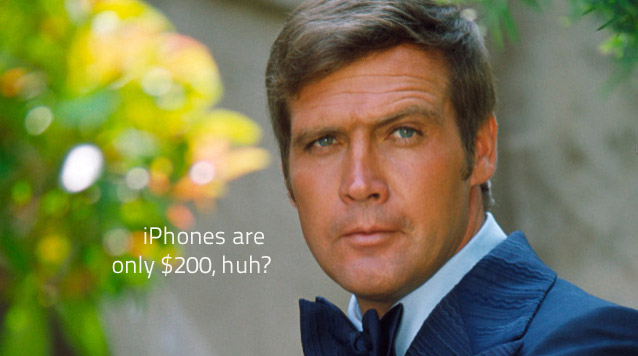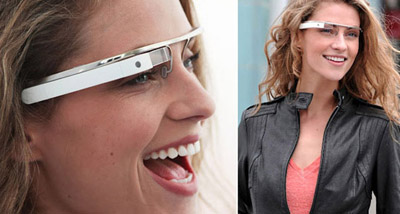
The smartphone as we know it today is not a phone. It's one of the earliest, but clearest, examples of human augmentation through technology.
Think about it. 83% of young people sleep next to their phone. Generationally, we always have them near us or on us. Through them we are, constantly and wirelessly, connected to almost anyone we choose. We can talk by voice, by text, by video. We can find out what's happening in our social circle, or around the world. If someone asks us a question, we can almost always provide the answer. We are smarter, funnier, more interesting and more connected with these devices than we ever could have been in the past.
If you don't think that's a sea change for society, you're blind.
Heads Up, The Future Is Coming
The future is creeping around the corner, and we could be wearing it on our faces. Google's already on it with its augmented-reality glasses. The video below gives us a sneak peek at the future as seen by Google:
While they're only being tested (and the video example seems more like fantasy than reality) the sheer fact that wearable heads-up displays are something we can actually create now is astonishing. Look up, and see who wants to meet you, and where they are, and how to reach them.
On this blog and throughout our publishing, speaking, and design efforts we talk about how we're in a multi-device world. We are, but not for long.
 Image via Google
Image via GoogleThe devices themselves are already evaporating, ready to be replaced with more and more integrated means of interaction and data display. Siri is an example of this — a means of communicating and computing that has no screen component requirement at all, and these (possible) Google glasses are the newest example of human augmentation.
The time is coming when we'll all have to design for the ubiquity of data, and design interfaces that are much more natural to access it. The Web is almost entirely a visual medium, tied to screens we surround ourselves with. Just look at how quickly technology is moving and ask yourself, in a few years will we be tied to a purely visual medium? Almost certainly not.
Google's Project Glass is fascinating, even if it is a new way for us to run into things or fall down stairs. When you're thinking about your products, think about how they'll interact with something like a heads-up display, or an audio interface. These things are much closer than most people think.